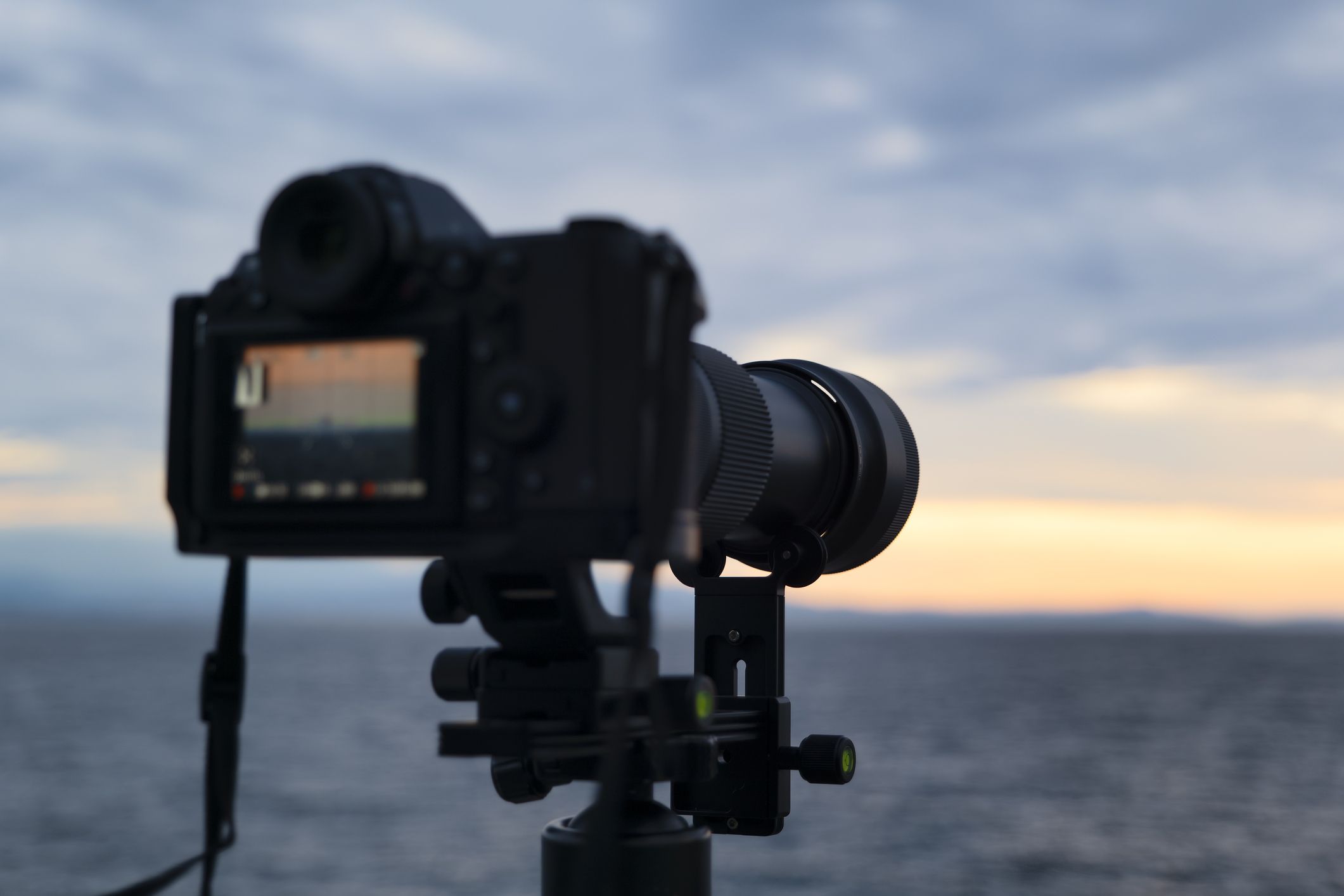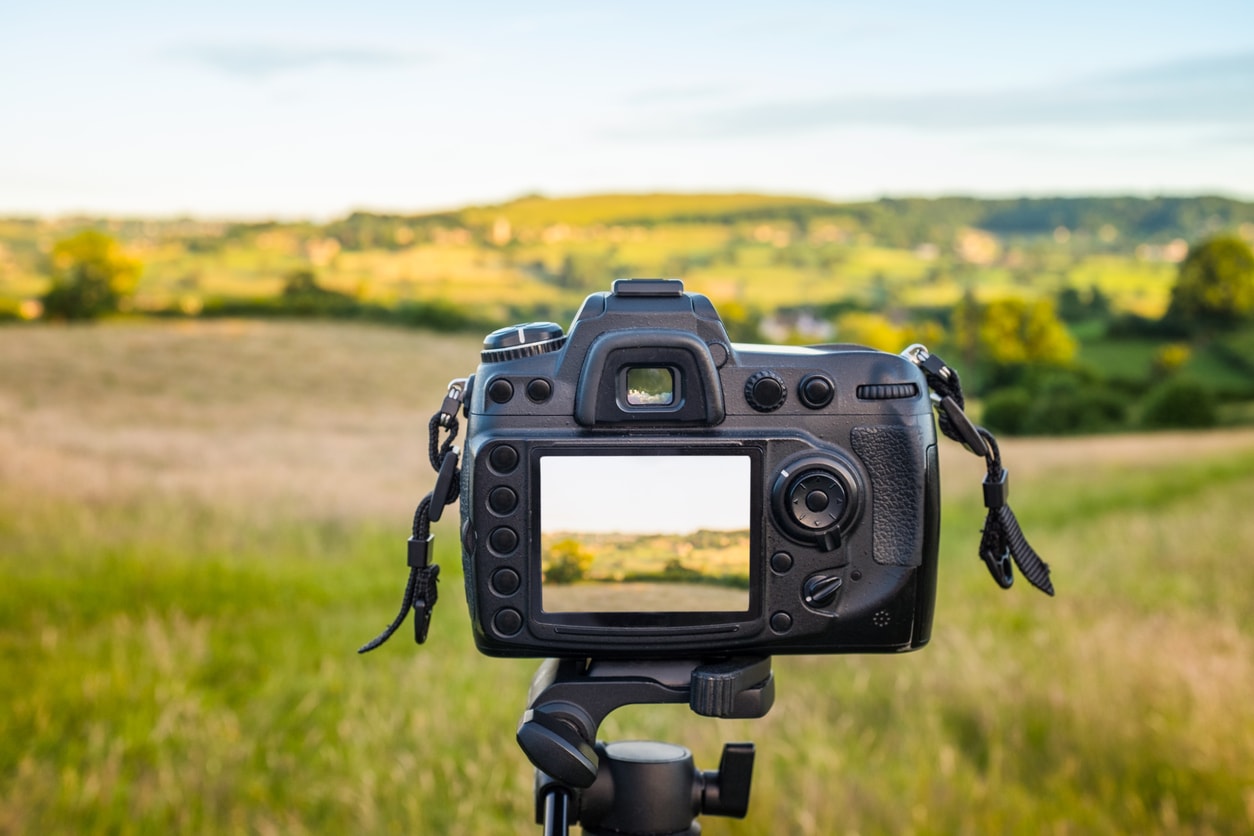What Makes a Camera Mirrorless? Delve Into The Mechanics & Benefits
As a professional photographer, youre always looking for the latest technology to optimize your work.What makes a camera mirrorless is a common question these days, especially with the growing popularity of these devices. In this article, we will explore the technology behind mirrorless cameras, their benefits, and how they can elevate your photography.
Before we dive deep into the mechanics and features of mirrorless cameras, let's clarify what distinguishes a mirrorless camera from a DSLR. A mirrorless camera lacks the mirror mechanism found in DSLRs, which allows for a more compact and lightweight design. This feature is most often cited as the reason many professional photographers are making the switch.

The Core Differences Between DSLR and Mirrorless Cameras
Understanding what makes a camera mirrorless involves delving into its key components and how they differ from traditional DSLRs:
No Mirror Mechanism
As the name suggests, mirrorless cameras do not contain the reflex mirror that DSLRs rely on. In a DSLR, the mirror reflects light up into the optical viewfinder. In contrast, a mirrorless camera allows light to pass directly from the lens to the digital image sensor, offering a different way of capturing images.
Electronic Viewfinder
Another crucial difference lies in the viewfinder. DSLRs use an optical viewfinder system, while mirrorless cameras employ an electronic viewfinder (EVF). When the light passes through the lens and directly hits the image sensor, the information is relayed to a tiny electronic screen inside the viewfinder. This allows you to see exactly what the sensor sees, offering a real-time preview of the exposure, white balance, and other settings.

Advantages of Mirrorless Cameras for Professional Photographers
Understanding what makes a camera mirrorless is not just about the technological aspects but also the advantages it provides:
Weight and Size
The absence of the mirror mechanism allows for a more compact and lightweight design, making it easier to carry around during photoshoots. This is particularly beneficial for travel and street photographers who need mobility.
Silent Operation
One of the most compelling advantages is the silent operation, ideal for situations where discretion is essential, such as wildlife or wedding photography.
Enhanced Image Stabilization
Many mirrorless cameras come with superior image stabilization technology. This can be particularly advantageous for handheld shooting in low-light conditions.

Mirrorless Lens Options and Compatibility
Another factor that highlights what makes a camera mirrorless appealing to professionals is the variety of lenses available. Initial criticisms pointed to a lack of lens variety, but this has changed significantly over the years.
Adapting DSLR Lenses
Many manufacturers provide adapters that allow you to use your existing DSLR lenses with mirrorless systems. This adaptability extends the functionality of your current lens collection, making the transition smoother and more cost-effective.
Native Mirrorless Lenses
Companies like Sony, Fujifilm, and Canon have introduced a wide array of native lenses specifically designed for mirrorless cameras. These lenses often offer superior autofocus capabilities and sharper images.

Battery Life and Durability
A common concern aboutwhat makes a camera mirrorless less appealing is battery life. Since mirrorless cameras rely heavily on electronic components like the EVF and LCD screens, they tend to consume more power. However, advancements in battery technology are steadily mitigating these concerns.
Durability and Build Quality
Today's mirrorless cameras often boast robust build quality, featuring weather-sealed bodies that are designed to withstand harsh conditions. This is particularly beneficial for landscape and adventure photographers.
Understanding the Mirrorless Workflow
Switching to a mirrorless system often means adapting to a new workflow. Here are some key points to consider:
Live View and EVF
These cameras offer a real-time preview of your shot, allowing you to make immediate adjustments and see the effect in real-time. This advantage can streamline your shooting process and reduce post-processing work.
Optimal Camera Settings
Because the camera setting changes are visible in real-time through the EVF, professional photographers can quickly optimize settings like ISO, aperture, and shutter speed.
Conclusion
As the market for mirrorless cameras continues to evolve, understanding what makes a camera mirrorless is crucial for professional photographers aiming to leverage the latest technologies. Their smaller size, quieter operation, and enhanced capabilities make them an attractive option for various photography genres.
Faq Section
FAQs
1. Do Mirrorless Cameras Have Better Image Quality?
Mirrorless cameras often offer superior image stabilization and real-time previews, which can contribute to better image quality, but the difference is usually marginal and depends heavily on the sensor and lens quality.
2. Can I Use My DSLR Lenses on a Mirrorless Camera?
Yes, many mirrorless cameras offer adapters that allow you to use your existing DSLR lenses, making the switch easier and more cost-effective.
3. How Do Mirrorless Cameras Perform in Low Light?
Many mirrorless cameras excel in low-light conditions due to advanced sensor technology and superior image stabilization features.
As an Amazon Associate, I earn from qualifying purchases.

